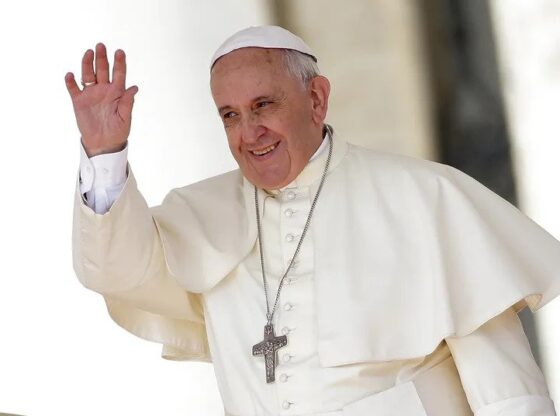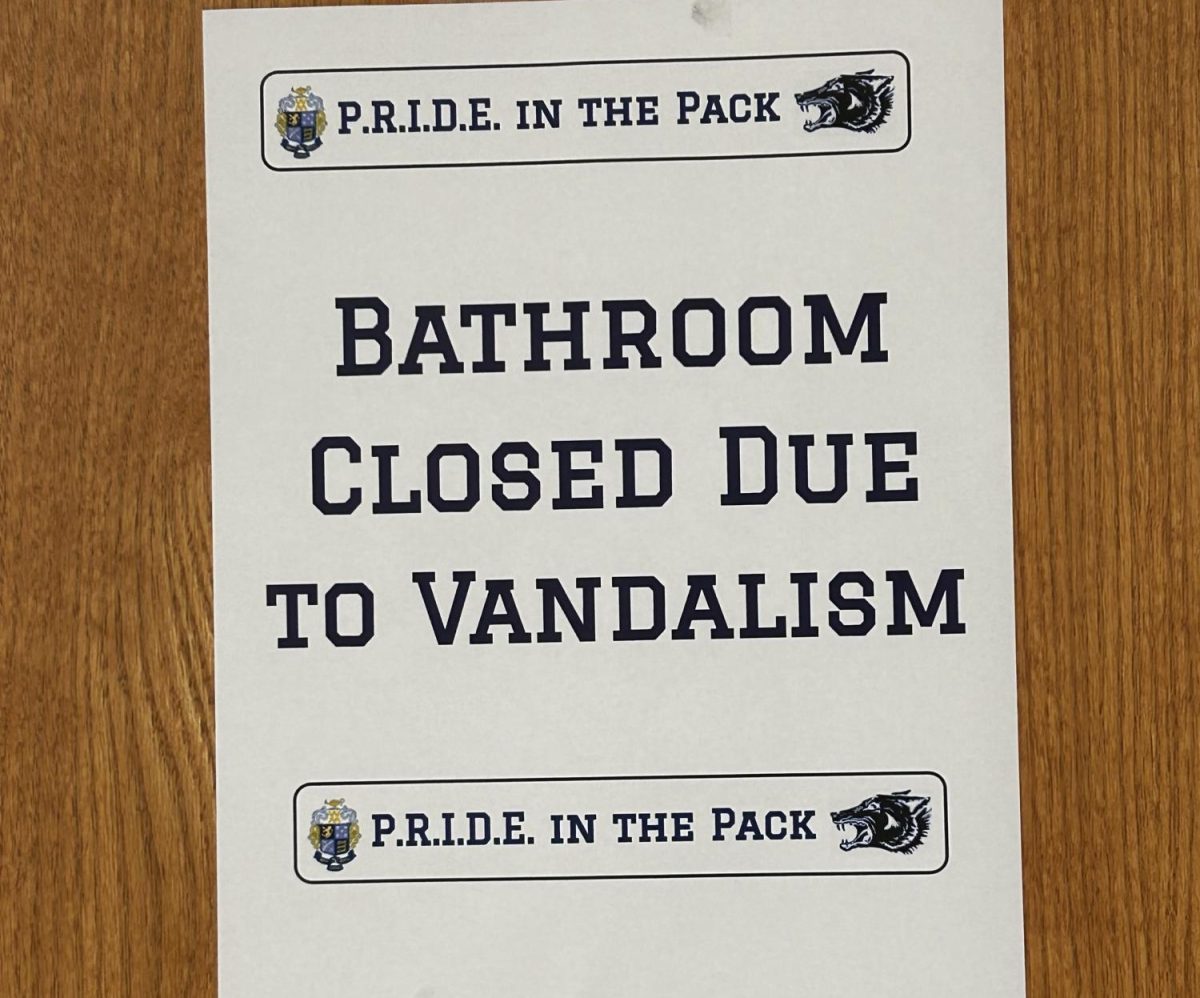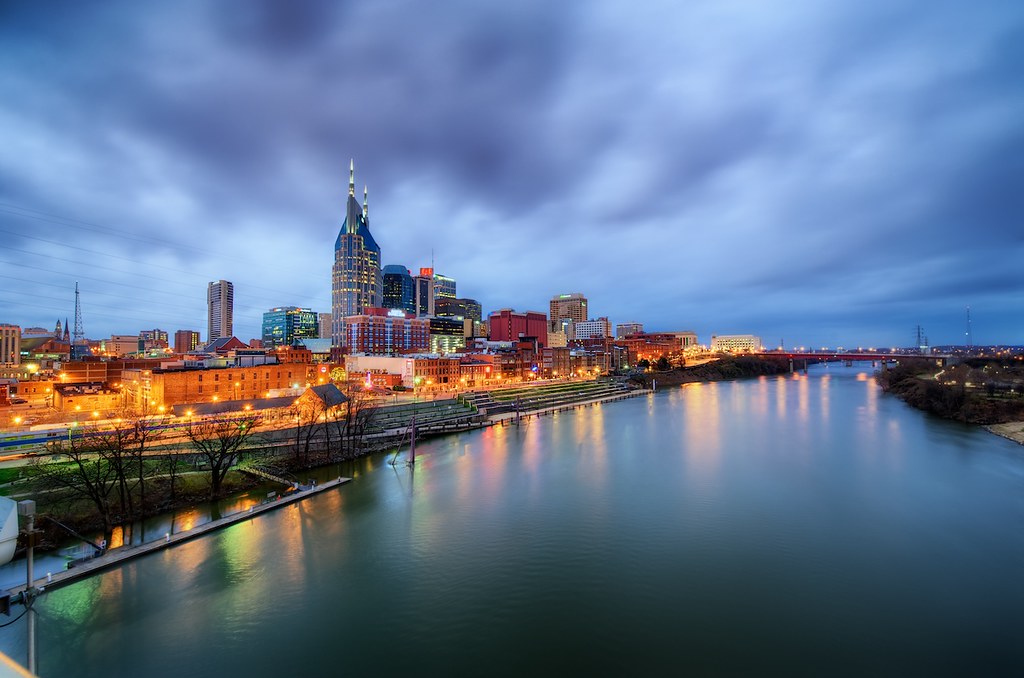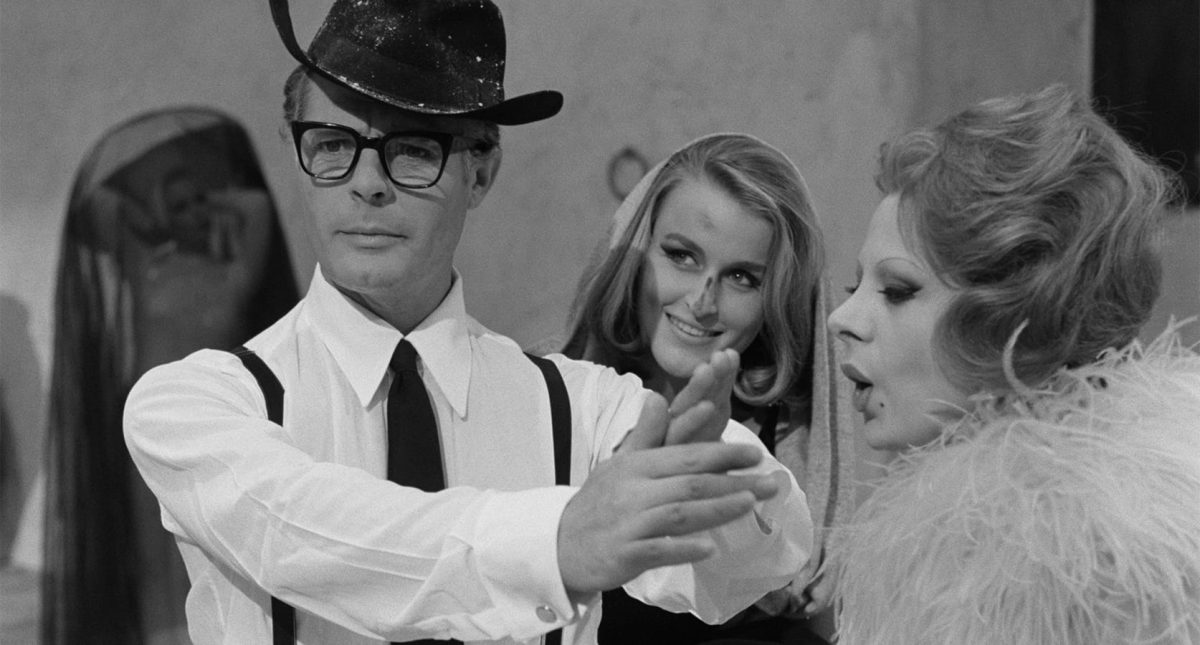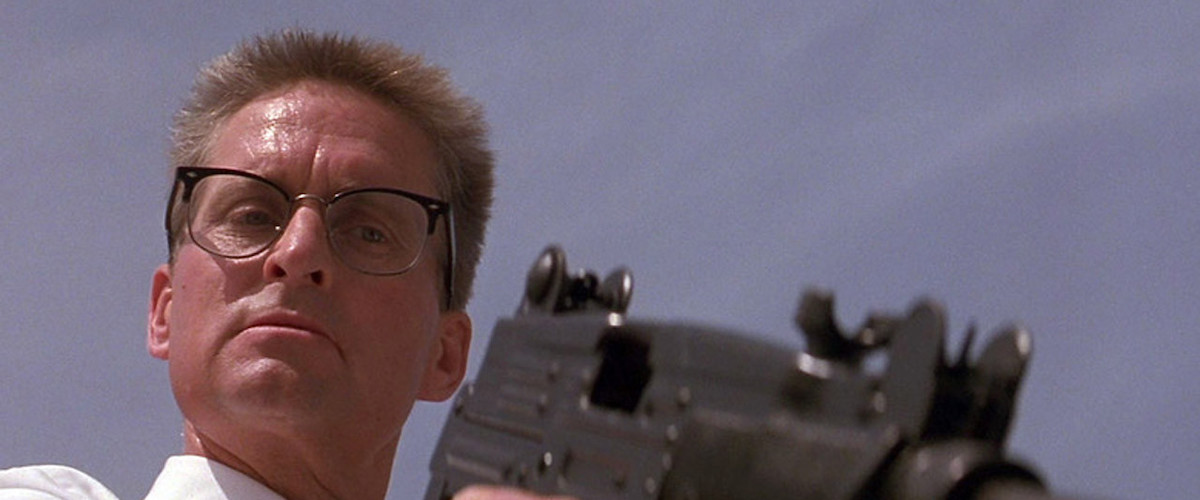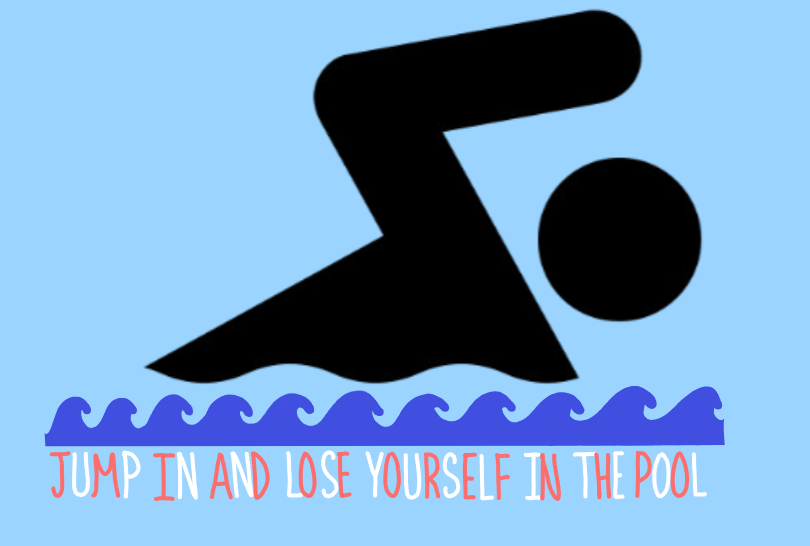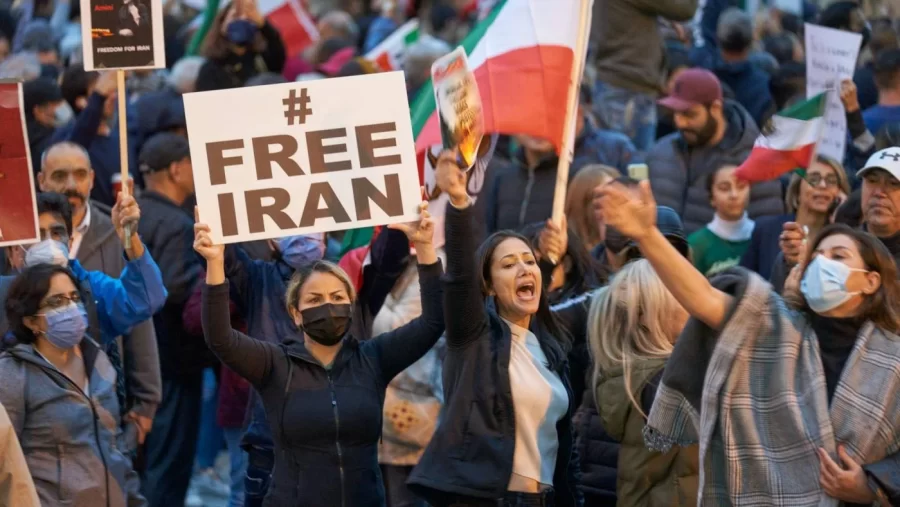An Eye-opening Look Into Iranian Society
The death of 22-year-old Mahsa Amini is causing a political uproar, as protests are raging within the country of Iran. Amini was detained by the Iranian morality police after supposedly not wearing her hijab properly. As a result, police captured her and allegedly sent her to a re-education facility. Mahsa died three days later.
Iranian morality police have oppressed the women of Iran for years. Enough is enough.
Outraged citizens of Iran are protesting in response to the death of an innocent civilian, along with the many other women who were victims of their own government. Both women worldwide and in Iran are cutting their hair and not wearing a hijab, fighting for justice. Many of the women participating in these protests are certainly at risk, however, it is essential that they continue as the death toll of innocent women continues to increase.
As it is hard to know the exact number of deaths due to the protests, it is estimated to be more than 200. Many believe the protests have gotten out of hand, yet the police brutality within the republic is what really has gotten out of hand. “Parts of Iran now bear the hallmarks of battle zones, with flares lighting up skies, gunfire ringing out and bloody scenes recorded in video footage,” recently reported in a CNN article. The streets of Iran have turned into pure chaos, a clear representation of their government. The people of Iran know that the government provides the police of the country with too much power, giving them leniency to abuse their power specifically towards women. Elnaz Rekabi, a talented Iranian climber, completed her climb in South Korea without wearing her hijab as a protest. This causes worries as to what this means for Rekabi’s future when returned back to Iran.
Police continue to use brutality against civilians involved in protests as a CNN article stated “the 19-page report released by Amnesty International on Thursday said at least 23 children – some as young as 11 – were killed by security forces in the last 10 days of September alone.” Innocent men, women, and children dying from police brutality, as they are demanding access to greater rights in spite of the presence of the shariah law, a strict religious code of Islamic law applied in Iran.
The meaning behind the hijab is significant to the culture of Iran, as it maintains modest relevance and moral codes. The purpose of the Hijab is to protect the privacy of women from the male gaze and is a requirement in the country of Iran. When this law is violated, the person will often be detained abruptly by the morality police and sent to a re-education center, where they are then taught the morals and code of the hijab. Many are outraged, as people disagree with the fact that many women have mysteriously gone missing or for that matter died, as a result of not wearing a hijab properly. This is a moment of reckoning for Iran as to what extent is Iran willing to embrace its fundamentalist traditions over the cost of human life. For Iran in the 21st century, is stability and humanity reached by looking at the past, or should Iran start looking to the future?

Eliza is a sophomore at WMC. This is her first year writing for The Paw. She is involved in soccer and track. Eliza is interested in covering recent events...

